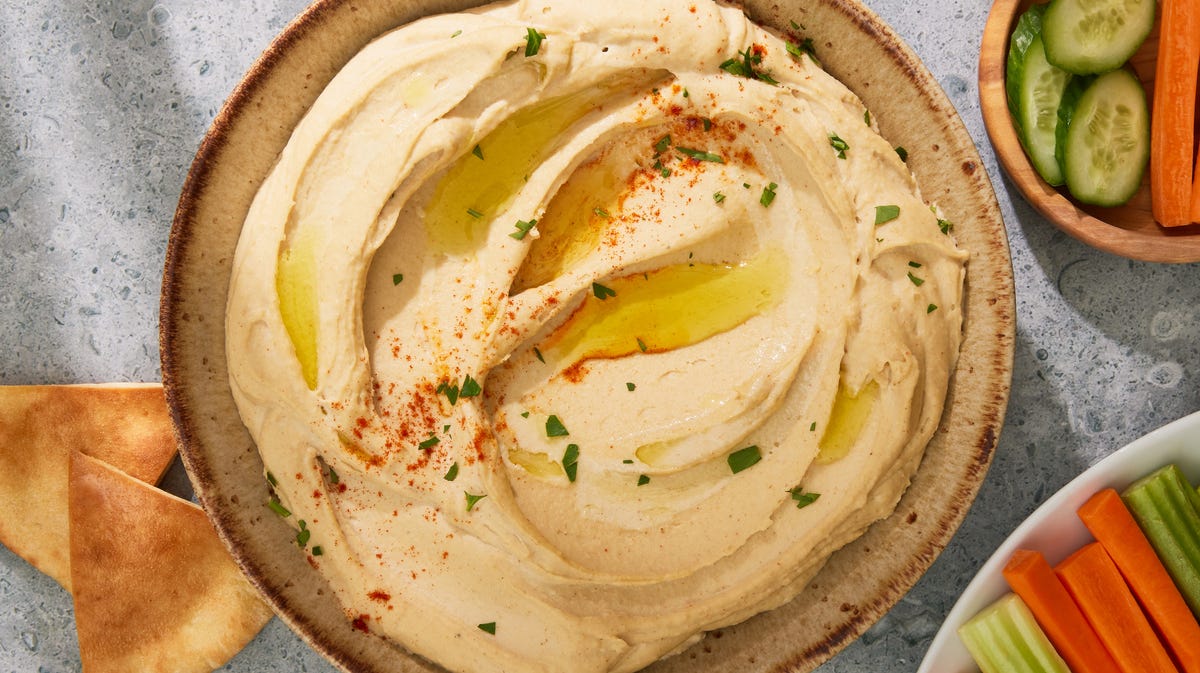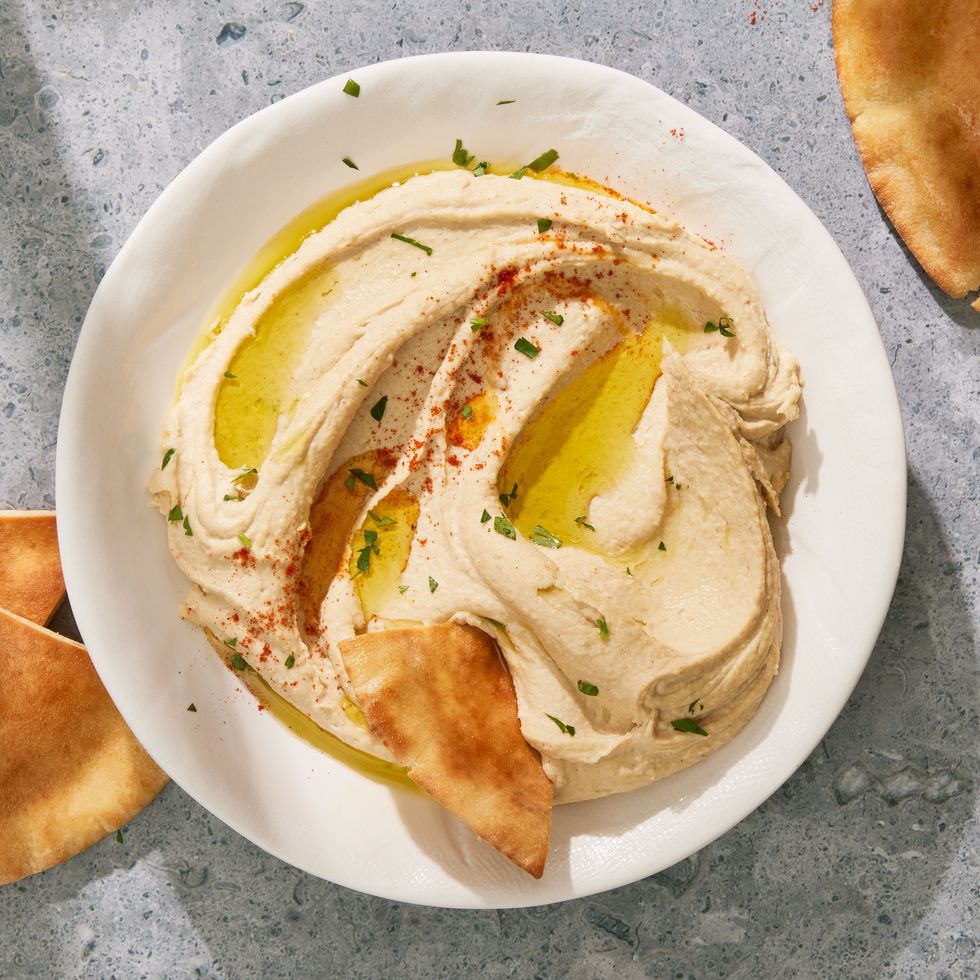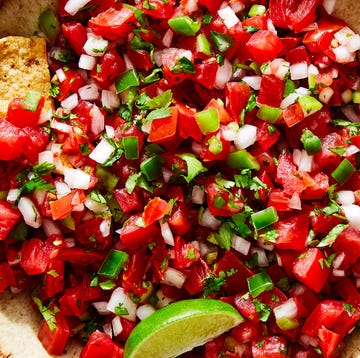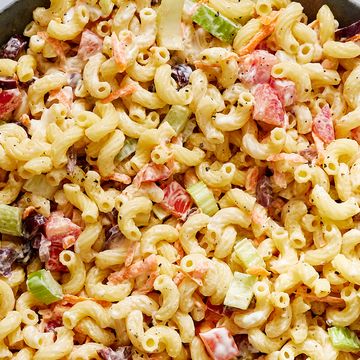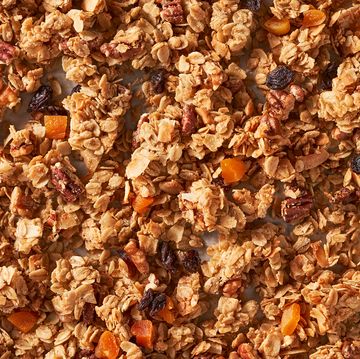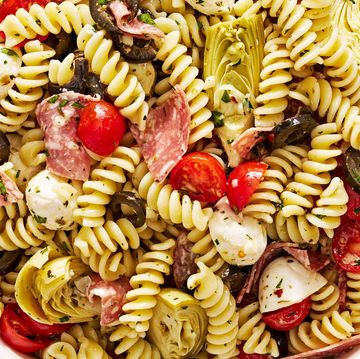Hummus is one of my all-time favorite dips, but making it from dried chickpeas can be a tall order. Start with canned chickpeas, however, and homemade hummus suddenly becomes an easy last-minute appetizer or satisfying snack. After multiple rounds of testing, I found a couple of simple hacks that will allow you to turn canned chickpeas into superlative, silky-smooth hummus, with no sacrifice of flavor and zero chickpea soaking required! Read on for more about my favorite way to make this staple dip.
What People Are Saying:
"Great recipe! We love it and I use it all the time!" - sus8730
"Thanks for the recipe!! Good info and easy to follow." - nod7506
How To Make Homemade Hummus
INGREDIENTS
- Chickpeas: With canned chickpeas, you can go from zero to hummus fast. Do be sure to rinse the chickpeas well under running water to remove residual canning liquid before using.
- Baking Soda: The secret ingredient to the smoothest, creamiest hummus. Baking soda raises the pH in the chickpea cooking water, creating an alkaline environment that weakens the pectin in the chickpeas’ cell walls and leads to a smoother puree.
- Tahini: Look for a tahini made from one ingredient and one ingredient only: sesame seeds. Tahini is prone to separating the jar, so it’s good policy to stir it well before measuring.
- Lemon Juice: Nutty, earthy chickpeas cry out for a bright, tangy top note. Lemon juice ably meets that need. I went with 3 Tbsp., but you can add more to taste.
- Extra-Virgin Olive Oil: This is the moment to break out that nice bottle of olive oil. Same with your tahini—not all are created equally. Look for one with sesame seeds as the only ingredient and be sure to give it a good stir to break up any separation before incorporating it into the recipe.
- Cumin: This traditional spice complement for hummus brings earthiness and subtle smokiness that deepens the flavors of the chickpeas and tahini and plays nice with the lemon juice.
- Cayenne: I like to add a bit of kick to my hummus. Feel free to swap in Aleppo-style pepper or paprika if you’re not as keen on capsaicin.
STEP-BY-STEP INSTRUCTIONS
Start things off by cooking the chickpeas. I know, I know: They’re canned, they’re already cooked. But we want to cook them until they’re seriously soft. So drain the chickpeas and rinse them well under running water. Combine the chickpeas and baking soda in a medium saucepan and pour in water to cover by 2". Bring to a boil, cover, and cook until the chickpeas are beginning to break down and their skins are starting to slip off, about 15 minutes. Drain and rinse the chickpeas.
Transfer the chickpeas to a food processor and add the tahini and lemon juice. Process until the mixture is very smooth; expect about 2 minutes for this don’t hesitate to process for longer if in doubt. With the motor running, slowly pour in the oil through the feed tube. Pulse in the cumin, cayenne, and 1 1/2 tsp. salt until combined. Add 1 Tbsp. water and continue to process until the hummus is very smooth and looks almost whipped.
Transfer the hummus to a serving bowl and drizzle generously with more olive oil.
For garnish, sprinkle with Aleppo-style pepper or paprika and scatter chopped parsley over.
Full list of ingredients and directions can be found in the recipe below.
Recipe Tips
- The secret to making the best homemade hummus: To ensure an extra-smooth hummus, most recipes call for dried chickpeas that have been soaked and then boiled for a very long time. Using dried chickpeas, like we do in our roasted garlic hummus recipe, isn’t hard by any means, but it does take a lot of time and planning. I wanted a hummus that could be made quickly but was still just as creamy. Enter: canned chickpeas, with a twist. Canned beans tend to have a firm texture, which will leave your hummus unwelcomely chunky. My solution? Quickly boiling them with some baking soda to help them break down further, allowing us to have that silky hummus we desire in just 30 minutes.
Storage
Transfer the hummus to an airtight container and store in the refrigerator for up to 5 days.

